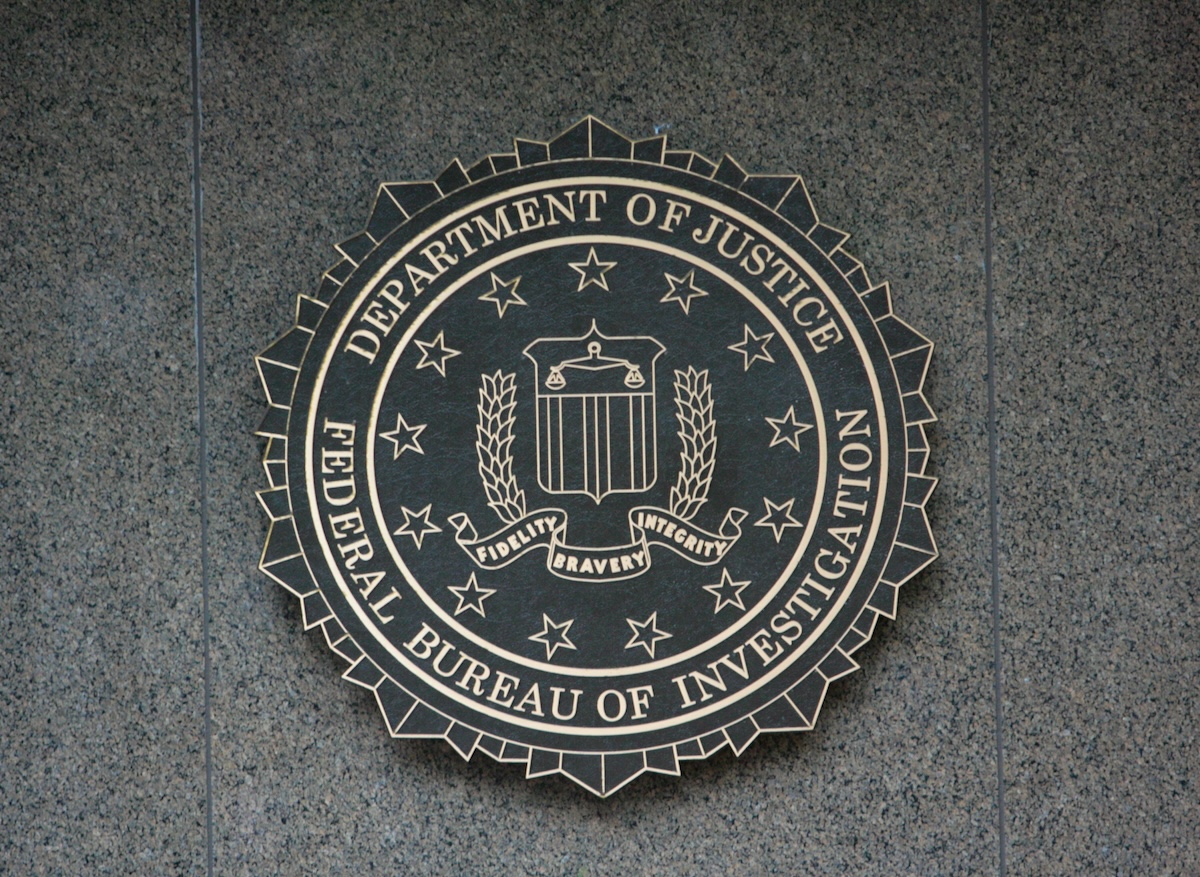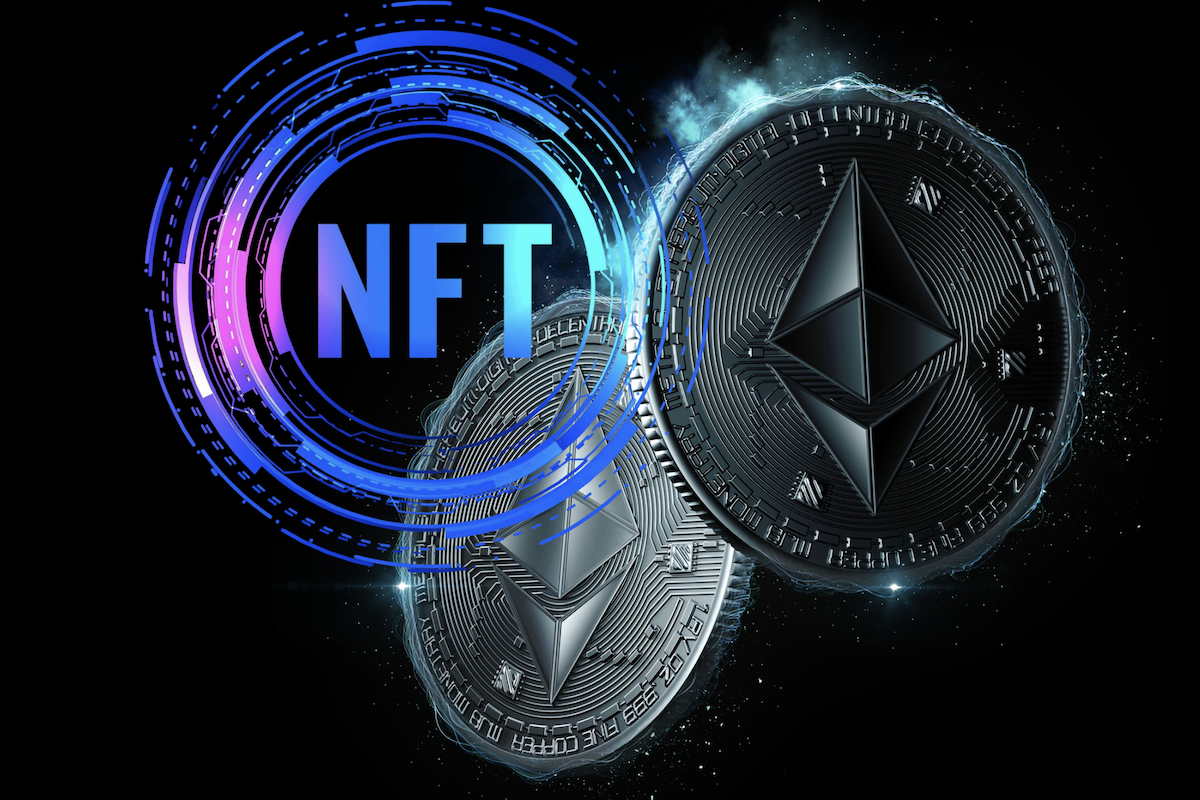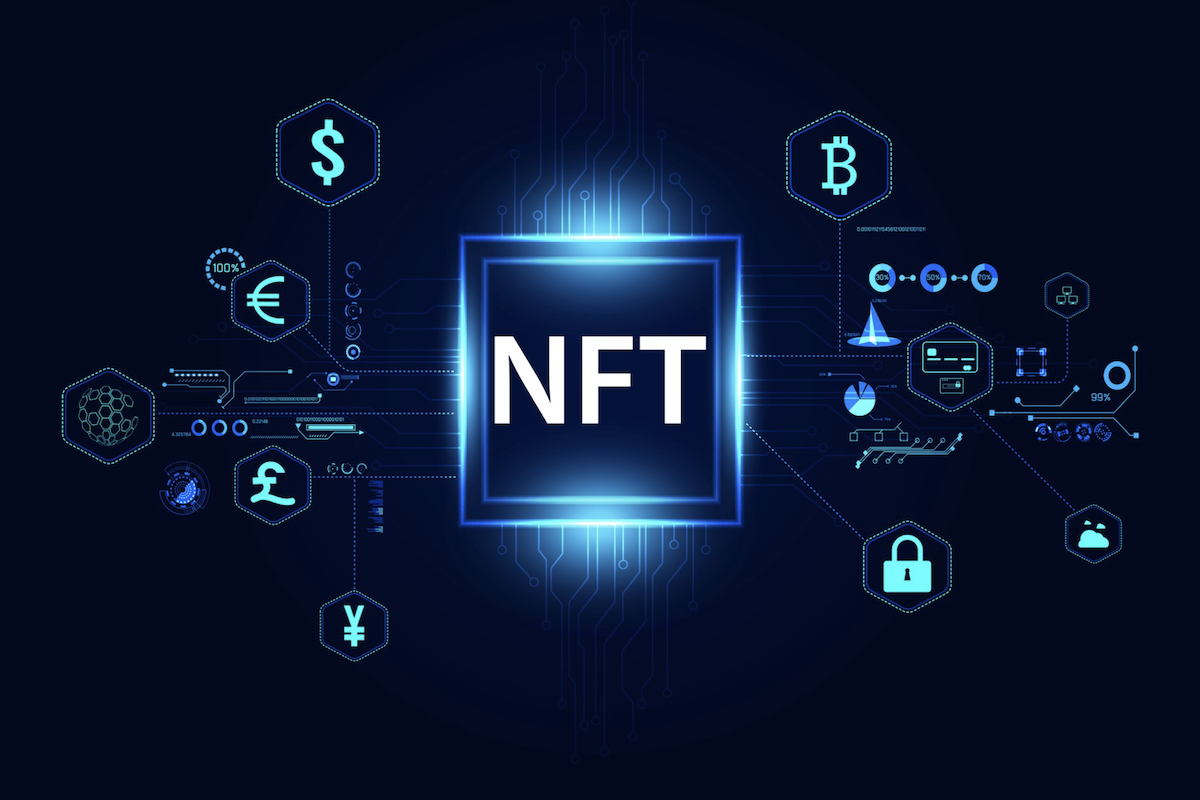NFTs and IP Rights: Takeaways from INTA's Leadership Meeting
INTA's Leadership Meeting sheds light on NFT infringement challenges in intellectual property. Starbucks' effective enforcement strategy offers insights.

The International Trademark Association (INTA) recently held a grand Leadership Meeting in Houston. The event brought together more than 1,600 professionals from 83 jurisdictions. The main focus was the ever-changing areas of brand protection and intellectual property. Of course, NFTs were discussed, including a keynote speech from Starbucks' Heather Stutz about how they are combating NFT copyright infringement.
NFTs and Intellectual Property: Changing Business Landscape
During her keynote speech, 2023 INTA president Jomarie Fredericks highlighted the changing dynamics of the business industry and stressed the need for intellectual property offices to progress with the times. One clear example of these changes is the rise of NFTs. According to Fredericks, IP offices must reform their fee strategies and models, adapt to this new paradigm, and actively seek fresh opportunities.
One key session was about how the EU Digital Services Act is trying to deal with NFT copyright infringements. Attendees agreed, however, that more than just legislation is needed. Right now, it's up to brands themselves to keep a watchful eye on infringements, and there's been an uptick in NFT infringements ‒ primarily on NFT platforms. So, for those at the conference, it remains unclear how companies can stay ahead of these copyright issues.
 Photo Credit: Olivia Lim
Photo Credit: Olivia LimStarbucks Case Study: an Effective Approach Against NFT Infringement
Offering insights into handling NFT copyright infringement was a case study of Starbucks delivered by Heather Stutz, the corporation's director of corporate counsel in intellectual property. Starbucks' journey began with introducing the Starbucks Odyssey experience, a platform granting digital stamps and points for customer engagement efforts. However, this innovative move led to immediate issues as unauthorized NFT collections mirroring Starbucks' branding emerged online, potentially causing confusion among customers.
In response, Starbucks first sought help from an external councel for monitoring and takedown efforts. But with each new digital stamp release, infringement escalated. Manual takedowns soon became costly and labour-intensive.
Eventually, Starbucks chose a specialized unnamed NFT monitoring and takedown service. This move led to significant decreases in costs and increases in successful takedowns. Over time, listings of infringing materials fell, signaling the effectiveness of an active enforcement strategy.
The Importance of Active Enforcement
Unapproved uses of the Starbucks brand in the NFT market continue. However, the company's strategy shows that active enforcement can deter infringers. Starbucks' case emphasizes the need for brand owners to monitor their intellectual property in this digital age closely. Targeted enforcement strategies can indeed prove effective.





